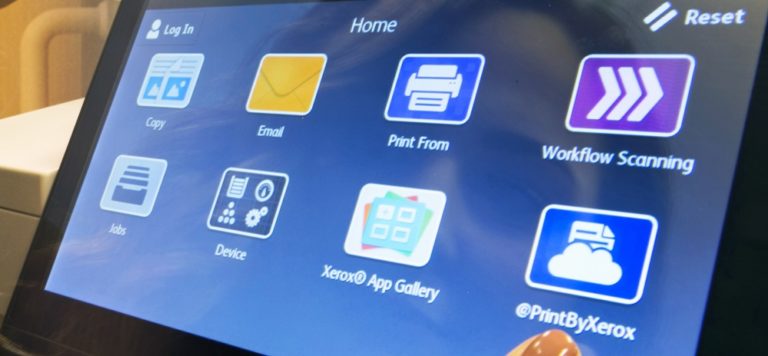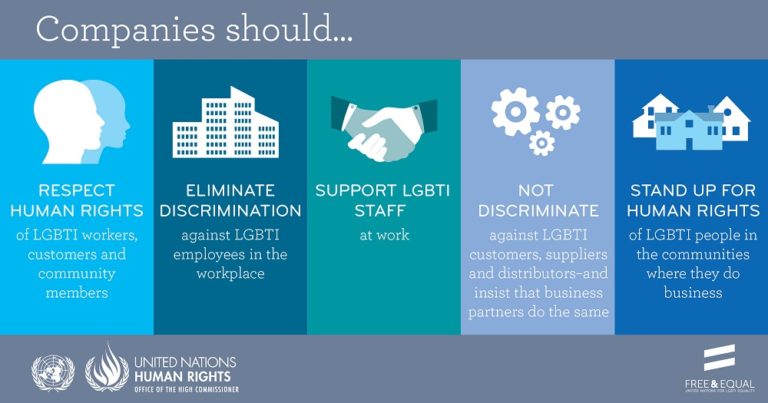By Kerry Doyle
In our hyperconnected, knowledge-intensive economy, digital technologies are improving business production, distribution and operations for all manner of goods and services, from high-tech products to basic items. The result is improved productivity and quality, increased workforce collaboration and new levels of customer interaction and influence. With Bring Your Own Device (BYOD) on the rise, along with social media and every manner of application, the question of whether email represents an outdated business communication platform often seems valid.

On one hand, the viability and staying power of email has been highlighted in coverage by The New York Times, The Atlantic, Fast Company and other news sources. However, innovative technologies from virtualization and cloud computing to wearable tech and Software Defined Networking (SDN) are moving toward the mainstream.
These technologies indicate a digital trend in which new modes of communicating, such as Web 2.0 collaborations, are vastly more effective for meeting the needs of a range of workers. Moreover, it’s well-established that Millennials and successive generations entering the workforce view email as an outmoded tool with limited functionality.
Texting, instant messaging and apps, such as Snapchat, WhatsApp, Kik or even Asana, which combines project management with communication, represent the preferred mode of interacting. As today’s workforce gradually changes, the current generation moves toward retirement, and dynamic, new companies to rival Google and Facebook establish themselves, it seems highly unlikely that email can remain the primary communication tool for business.
For example, a report by McKinsey and Co. found that one-third of the working day is spent managing emails. Such inefficiencies could be solved with a communication system coordinated around work and improved productivity. Increased interconnectivity via mobility, the Internet of Everything (IoE) and smart systems holds profound implications for how business in the 21st century will continue to evolve.
In fact, increasing numbers of individuals work remotely via online platforms. Such micro-financed entrepreneurs and social innovators are exchanging products, services and ideas easily across international borders.
Awareness, collaboration and intelligence are key aspects enabled by these new technologies. An expanding IoE coupled with wearable devices, smart systems and Web 2.0 will increase the flow for cross-border exchange of goods, ideas and services, and enable new modes of business to flourish.
It’s where the integration of intelligent device (sensor) networking and Web 2.0 collaborative capabilities will create what some have termed a “digital nervous system” that’s ever-evolving and responsive. Within such an environment, can email really be an effective medium?
We may currently be in a period of transition that’s difficult to recognize. However, one clear indicator of a change is the fact that mobile has long surpassed webmail and desktops as the platform of choice to view email. In 2014, email is increasingly the home of marketers and less and less effective for true business communication.
Moreover, the trend is clearly toward reliance on the mobile cloud where all end user content, storage and apps reside. The challenge will come as companies attempt to replace the entrenched email model. However, it may occur more subtly than that.
As organizations that rely on innovative modes of collaboration gain a competitive edge, competing businesses may see the benefits of adopting new modes of communication and the increasingly diminished returns of email. The question to ponder is: When will email simply fade away and become relegated to a secondary backup resource, akin to faxes and letter writing?




Maybe yes and maybe no. The world’s oldest email list, started at Xerox in the ’70s, is still functioning with many of the original members. While Xerox tried and tried to shut it down, it survived. 40 years later, it still has value from its beginnings early in the Alto days using Laurel, to its own domain today, it is an essential part of our lives — even after we have all left Xerox, that distribution still lives on.
90% of my input for my job is via email. For distributing media to a wide audience securely, there is nothing better. I require secure communications that are independent of social networks, gmail, hotmail, etc.
While I welcome new technologies, I see no reason to cast aside well established and proven ones just because they are, as some say, “outdated.”
Bob: I passed your comment along to our writer, Kerry Doyle. Here’s his response:
Thanks for your comment. I agree with you about the “tried & true” nature of email and its longevity. As you mentioned, there are valid reasons as to why it persists.
However, for the coming generations entering the workforce who’ve never relied on email, it’s somewhat hard to believe they will be required to adjust and adopt email as their primary mode of business interaction. Especially in our increasingly fast, hyper-connected digital world.
Perhaps email may simply become one tool in their arsenal of communications solutions. Or perhaps it will evolve in some as yet unforeseen way?
Kerry
Email has evolved since the ASCII only days. Today we embed multi-media, including voice and video, and can send those messages securely to an international audience. About the only limitation of email is real-time communications and, there are apps for that which are secure.
Just recently, the lack of security was brought out regarding FB Messenger. (The Insidiousness of Facebook Messenger’s Mobile App Terms of Service – http://huff.to/1cXJDIW). Real business does not take place on social media using insecure communication methods. In fact from call centers to DoD, many places deny smartphones in the workplace.
As long as email maintains a closeness with permanence, traceability, multi-platform and operates securely (encrypption, VPNs, etc.) I don’t see it being replaced in the near future. If the other Internet apps ever get serious about security, then maybe but, I see less and less seucrity in apps, not more.
Thanks for sharing the response.
[…] L’article suivant a été publié à l’origine sur le blogue Simplify Work at Xerox.] […]